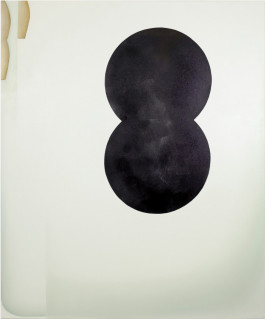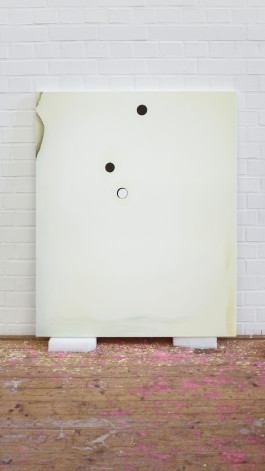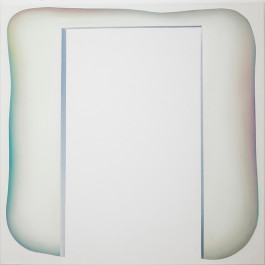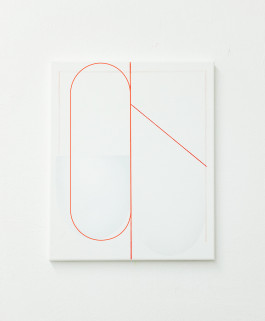
0
NO TIME
NO SPACE
ALL AND NOTHING
HOW LONG IS FOREVER?
SOMETIMES JUST ONE MOMENT

Vor der Null, 2023, 120 x 100 cm, oil on canvas

ZERO, 120 x 100 cm, oil on canvas

ZERO, 120 x 100 cm, oil on canvas

yes AND NO, 2023, 60 x 100 cm, oil on canvas

How long is forever?
(Sometimes just one moment)
2021, 40 x 30 cm, oil on canvas

The Beginning II, 2021
40 x 30 cm, oil on canvas
1
ONE IS THE PLACE
THE BEGINNING AND THE ENDING

Es gibt diese Eingänge überall, 2021, 120 x 100 cm, oil on canvas




ONE IS THE PLACE II / III, 2020, 40 x 40 cm, oil on canvas
2
TWO IS THE LINE
THE WAY
AND THE DISTANCE
THE ISSUE AND THE CONCERN
FUCK DUALISM
TWO IS ME AND YOU

ONE, TWO – ME AND YOU
2023, 120 x 100 cm, Öl auf Leinwand
3
THREE IS THE CHANGE,
THREE IS UNCERTAINTY
INTUITION AND THE SOUL
THREE IS A CHALLENGE
AND TRANSFORMATION

ALLES WAS IST, DAUERT DREI SEKUNDEN
2023, 120 x 100 cm, Öl auf Leinwand

One, two, three, 2022, 40 x 40 cm, oil on canvas
4
DER RAUM IST IM WEG
FOUR IS MATTER
FOUR IS IS STABILITY
FOUR IS THE EARTH
BALANCE AND POWER

THIS HOUSE WAS ONCE MY HOME, 2022, 80 X 80 CM, OIL ON CANVAS

FOUR, 2024
5
FIVE IS MY BODY
A FORM THAT RISES
FROM THE PLAIN LEVEL
TO THE THIRD DIMENSION
FIVE IS ECSTASY AND FIRE
FIVE IS UP!

FIVE IS MY BODY
2018, 50 X 50 CM , OIL ON CANVAS
6
SIX IS MY BRAIN
SIX IS THE UNIVERSE
SIX IS MY HEAVEN
AND SIX IS MY EARTH
OH, OH..
WHY, WHY...
DON`T THINK TOO MUCH
RELAX ,
EVERYTHING`S ALREADY PERFECT

7
SEVEN
THE CREATION
AND THE THE RHYTHM
8
ALWAYS EIGHT
ALWAYS ALIVE
EIGHTERTNITY
INNEN IST MEHR ALS OBEN

9
DAS ENDE IST IM ANFANG

NOW, 2024, 70 x 50 cm, oil on canvas

NOW. / NOW?
2022, 55 x 30 cm, oil on canvas